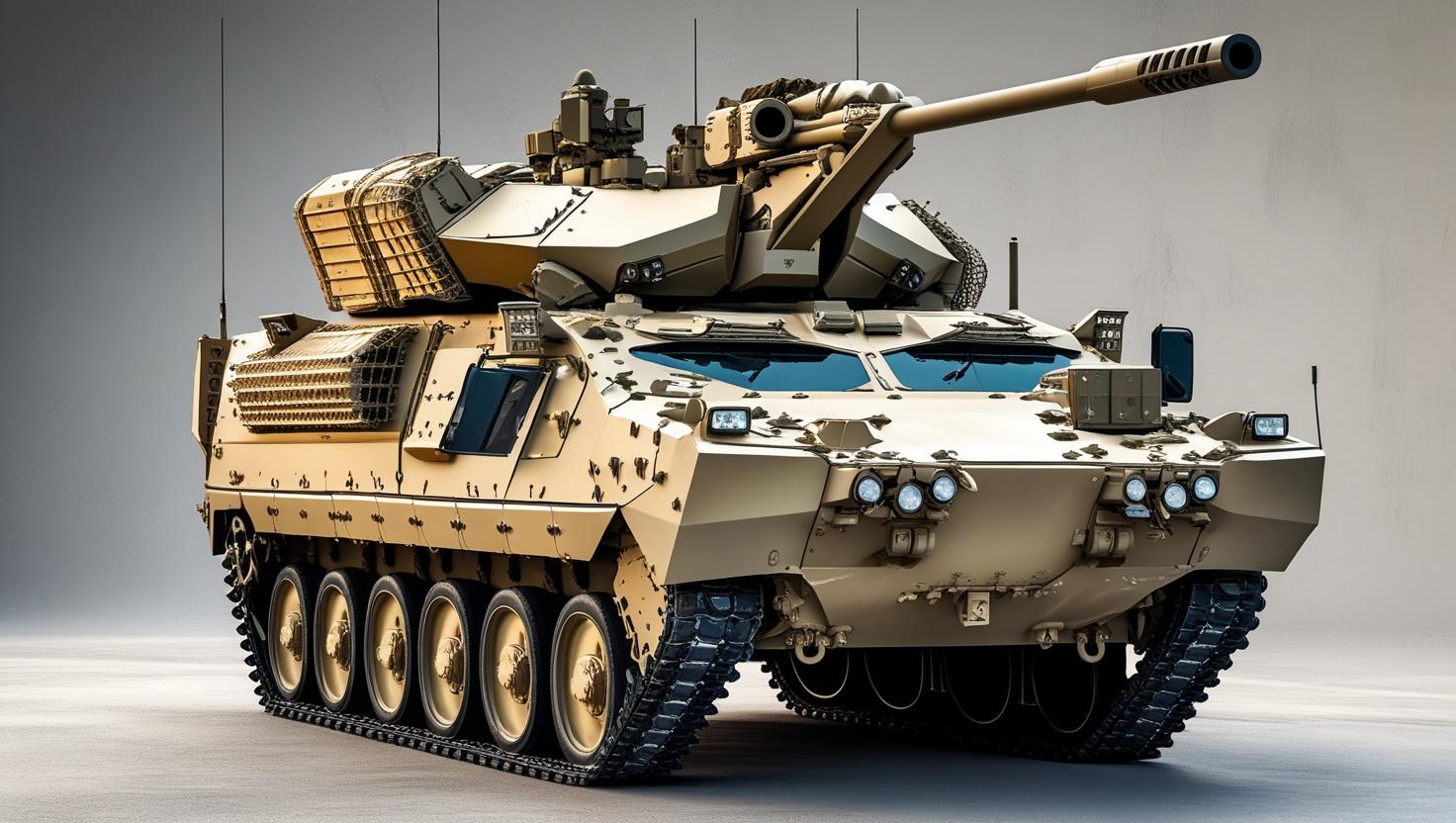The armored vehicles market is estimated at USD 51.6 billion in 2025 and is projected to reach USD 60.7 billion by 2030 at a CAGR of 3.3% from 2025 to 2030. Key drivers shaping this market include increasing global security threats, modernization initiatives by defense forces, and advancements in technology, including the integration of advanced armor materials, weapon systems, and communication systems. Major players in the armored vehicles market include General Dynamics Corporation, BAE Systems, Rheinmetall AG, and Oshkosh Corporation, among others, who compete in delivering innovative solutions tailored to meet the evolving needs of military forces worldwide. These companies leverage their expertise in design, manufacturing, and support services to maintain leadership and drive growth in this highly competitive market.

Download PDF Brochure @
https://www.marketsandmarkets.com/pdfdownloadNew.asp?id=6322755
Based on platform, the combat support vehicles segment is projected to grow at the highest CAGR during the forecast period. Combat support vehicles are facing accelerated technological innovation to increase their capabilities in offering key support services like logistics, communications, and engineering. Innovations such as automation, digitalization, and integration of sophisticated systems are fueling the need for new combat support vehicles. Military entities globally are giving higher priority to the effectiveness and efficiency of their support processes to maximize battlefield logistics and sustainment. Consequently, there is an increasing demand for combat support vehicles designed with sophisticated features and capabilities to respond to changing operational needs. Military modernization projects and defense acquisition programs across different countries entail the provision of advanced combat support vehicles to upgrade the overall combat potential and readiness of military forces. This fuels investment in research, development, and acquisition of next-generation combat support platforms.
Based on mobility, the wheeled segment is projected to register the highest CAGR during the forecast period. Wheeled armored vehicles are more mobile and agile than those tracked and are applicable to a range of terrain environments and operational settings. The ability to move across various lands, including urban, desert, and hilly, makes them more operationally flexible and more effective. Wheeled armored vehicles are less expensive to acquire and maintain than tracked vehicles and are, therefore, more cost-effective on defense budgets. This affordability factor drives increased wheeled platform procurement, especially where finance is a significant issue.
Overall, the combination of utility, cost-effectiveness, rapid deployment capability, multirole mission possibilities, and technological advancements makes wheeled armored vehicles the option of preference for militaries worldwide.
Based on system, the drive systems segment is expected to register the highest CAGR during the forecast period. Drive systems play a crucial role in the overall performance and capabilities of armored vehicles. Continuous advancements in drive system technologies, such as transmission systems, engine efficiency, and drivetrain components, contribute to improved vehicle mobility, power transmission, and fuel efficiency. These advancements drive the adoption of advanced drive systems in modern armored vehicles, fueling market growth. The growing trend towards electrification and hybridization in the automotive sector is also influencing the drive systems segment of the armored vehicles market. Manufacturers are increasingly exploring electric and hybrid drive solutions to improve vehicle efficiency, reduce emissions, and enhance operational flexibility. Drive systems play a crucial role in enhancing the survivability and protection capabilities of armored vehicles. Advanced drive systems can facilitate rapid acceleration, quick directional changes, and efficient evasion maneuvers, enabling vehicles to evade threats and mitigate the risk of enemy engagements. As military forces seek to enhance the survivability of their armored vehicle fleets against evolving threats, the demand for drive systems with advanced protection features, such as enhanced blast resistance and ballistic protection, is expected to rise, driving the market growth.
Ask for Sample Report @
https://www.marketsandmarkets.com/requestsampleNew.asp?id=6322755
Based on region, the Middle East is forecasted to register the highest CAGR in the armored vehicles market. The growth is spurred by a combination of regional security requirements, military modernization initiatives, border security needs, and growing indigenous production capacity. The region’s geopolitical uncertainty—characterized by hostilities with Iran, Syria, and Yemen proxy wars and the ongoing Israel-Gaza conflict—has led the majority of the Gulf Cooperation Council (GCC) countries and other Middle Eastern countries to significantly increase defense spending, particularly on ground systems for the purpose of delivering force mobility and survivability.
Saudi Arabia, UAE, Qatar, and Egypt are also making significant investments in fourth-generation armored vehicles, ranging from main battle tanks to infantry fighting vehicles, MRAPs, and wheeled tactical platforms. All these are components of more comprehensive strategic defense goals, such as Saudi Arabia’s Vision 2030, which is dedicated to local defense production. Both the UAE and Saudi Arabia already possess regional defense companies, EDGE Group and Saudi Arabian Military Industries (SAMI), which are signing partnership agreements with global OEMs like Rheinmetall, BAE Systems, and Hanwha Aerospace to localize the production and support of armored vehicles. In addition, domestic security and border patrol vehicles are in rising demand due to terrorism threats, smuggling, and cross-border insurgencies.
Aerospace and Defense Market Research Reports
This includes high-mobility, lightweight armored patrol vehicles that are rapid-response platforms specifically tailored for desert and mountain terrains. Hybrid and unmanned armored platform demands in the Middle East are expanding, aligning with the global trend of autonomous ground vehicles and AI-driven defense systems.
